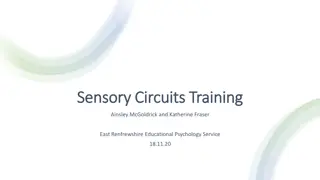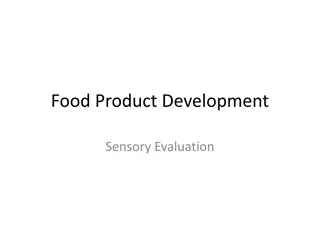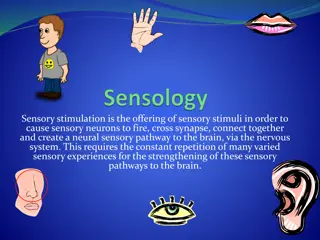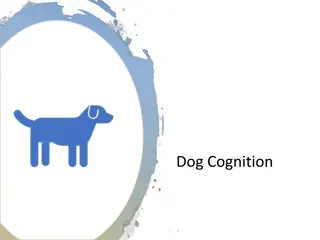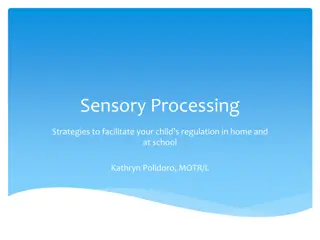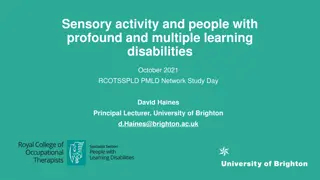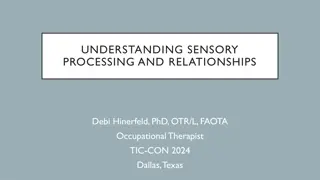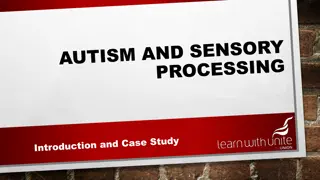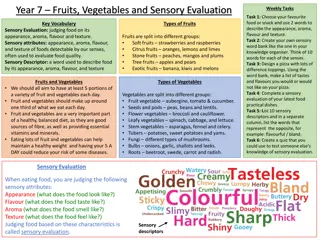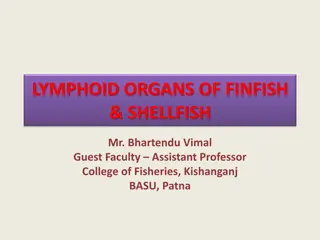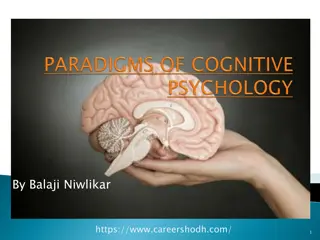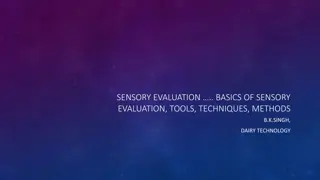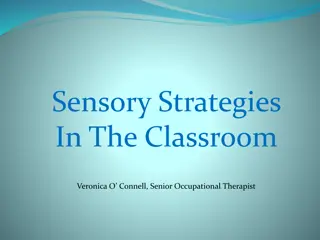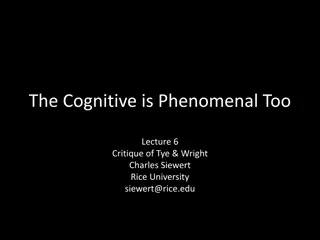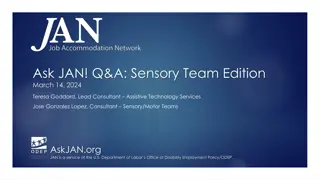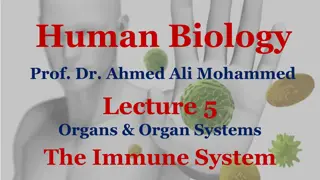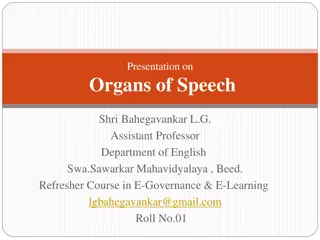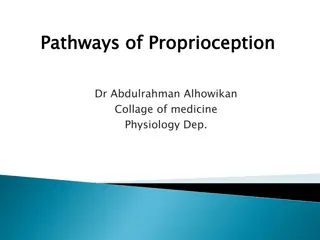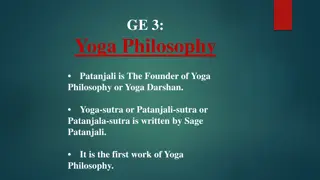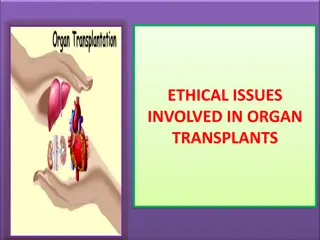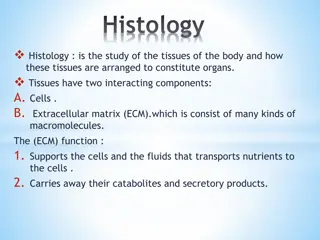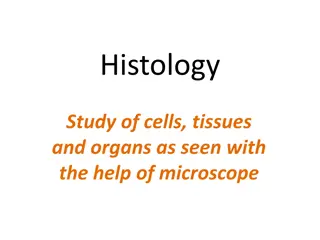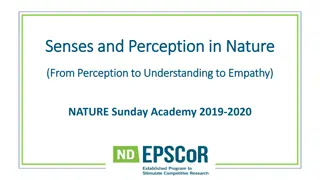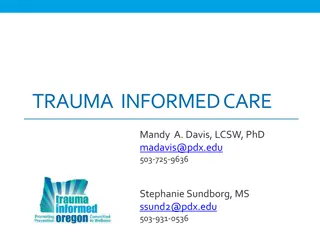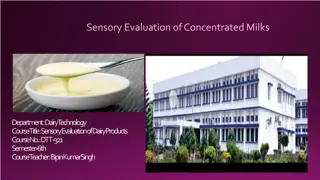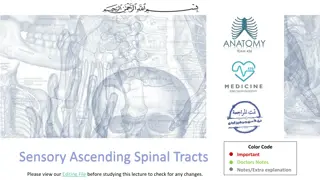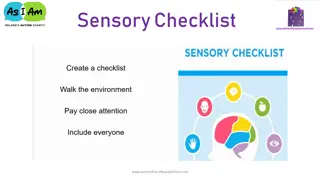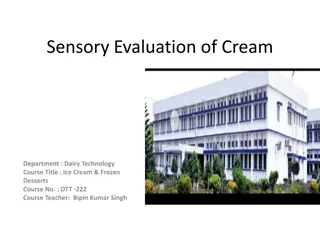Understanding the Role of Sensory Organs in Cognition
Leonardo da Vinci emphasized the significance of the five senses in experiencing life fully. Our sensory organs - sight, smell, hearing, touch, and taste - play vital roles in transmitting information to the brain for interpretation. Each sense has distinct functions essential for perceiving and understanding the world around us, highlighting the importance of our sensory systems in cognition.
Download Presentation

Please find below an Image/Link to download the presentation.
The content on the website is provided AS IS for your information and personal use only. It may not be sold, licensed, or shared on other websites without obtaining consent from the author. Download presentation by click this link. If you encounter any issues during the download, it is possible that the publisher has removed the file from their server.
E N D
Presentation Transcript
Sensory organs and their role cognition SESSION 10 Dr. Chitrasena Padhy Associate Professor Agricultural Extension
Leonardo da Vinci once proclaimed this sentiment. According to this renowned Renaissance artist, the five senses are the key to truly experiencing and embracing life. His view supports the reality that each sensory organ transmits sensation to the brain to help us comprehend and interpret the world around us. The sensation is the process through which our brains receive information through our five senses, which the brain then experiences and perceives.
The senses involved are sight, smell, hearing, touch, and taste. We view the world through our five senses. Our bodies would be rendered functionally worthless without them. In reaction to a physical phenomenon, the five senses function through body parts and sense organs that supply data for interpretation via a network of nerves. All sense organs have distinct functions designed to accomplish different goals.
Body Senses and Organs Body organs enable us to see, smell, hear, touch, and taste. Sight The visual system, or sense of sight, is responsible for visual perception and is dependent on the transduction of light impulses received via our eyes. Vision as one of the senses is essential since it supplies the brain with the most information per second. The eyes are the primary sensory organ capable of detecting shape, color, motion, and depth.
Smell olfactory system The refers to the biological components that support the sense of smell. Specialized sensory cells called olfactory sensory neurons are present in a small patch of tissue high within the nose that give us the capacity to smell. The sense of smell helps us detect and distinguish distinct odors. Different scents are either good, bad, or neutral based on the feelings they provoke.
Hearing The auditory system senses sound by detecting vibrations via the ear. Your ears gather sound waves, turned into neural signals and delivered to the brain. In the brain, they are associated with previous experiences and presented as the sounds we hear. Hearing helps you communicate with people, experience the senses and sounds of nature, provide personal safety, and sustain mental health.
Touch The somatosensory system known as the sense of touch comprises multiple sensations sent to the brain via specific skin neurons. The skin is the body's largest organ and has many receptors that help you feel what you touch. It senses cold, hot, smooth, rough, pressure, tickling, itch, pain, and vibrations, all controlled by this system. The sense of touch impacts our lives from feeding to walking, sexual behavior to social connections.
Taste The gustatory system, known as the sense of taste, is a sensory process involved in flavor perception. This sense is triggered when a substance in the mouth chemically interacts with taste receptor cells on the taste buds located on the tongue. The tongue distinguishes between five specific flavors: sweet, sour, salty, bitter, umami (meaty). It can also detect cool and hot.


